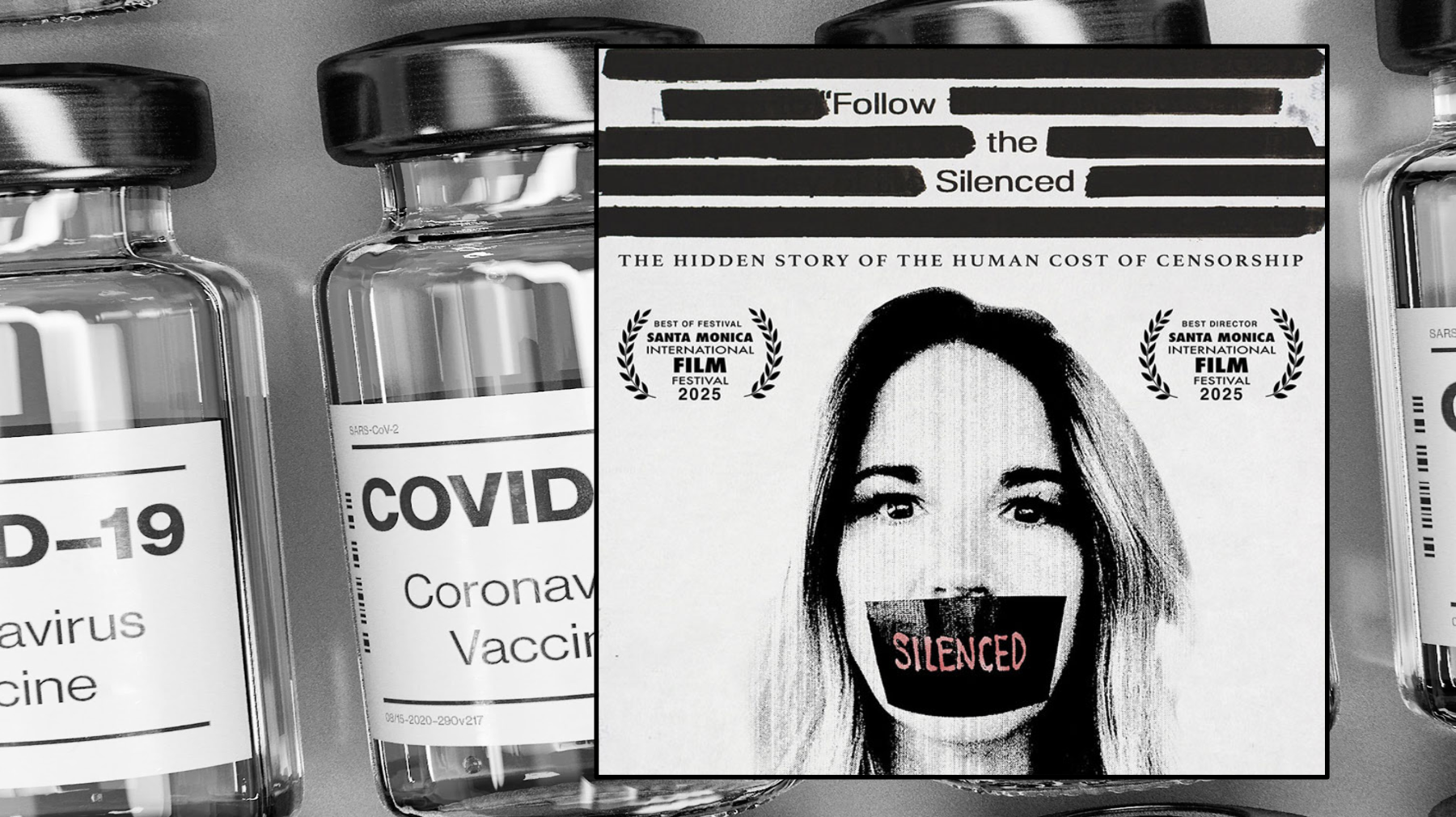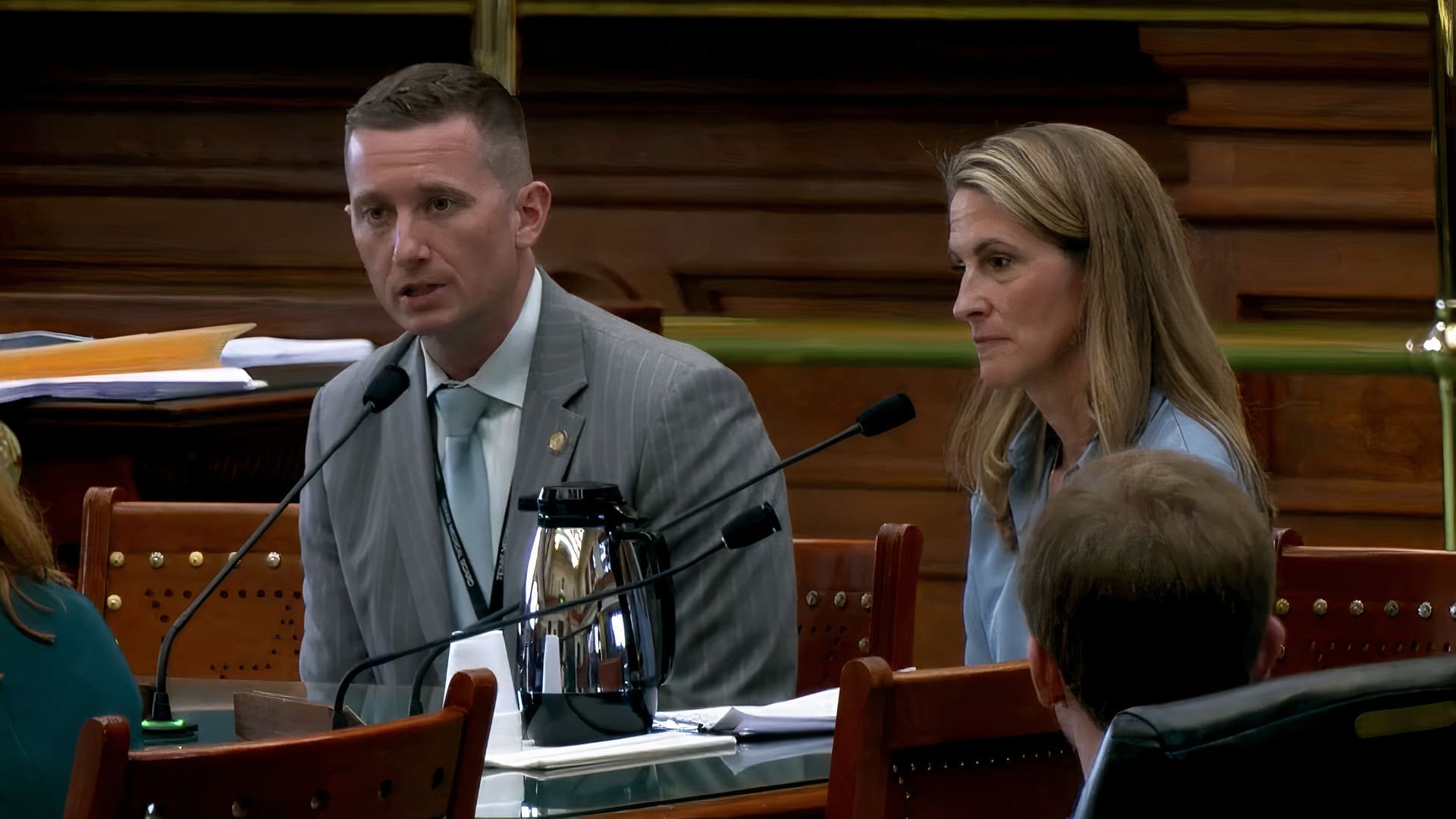History shows that when you combine genuine outrage over mistakes—or outright violations—by those in government with rising poverty, then sprinkle in a few opportunistic agitators, you’ll get riots. History also shows the proper response is to address the underlying problems that triggered the outrage while enforcing constitutional law and order.
Rising poverty, abusive government officials, and nationwide riots. I’m not describing America today, I’m describing Tsarist Russia back in the early 1900s before World War I. The Russian people were tired of their government-mandated poverty, thanks to the family-based—not individual-based—system of land ownership. People were working more for others and less for themselves, and the Tsars, living high off of the taxpayers, demonstrated little interest in lifting a finger to help.
Eventually, communist agitators took advantage of the very real grievance of the people and helped fuel riots across the land, hoping to overthrow the government and take power for themselves. With Russia in chaos, Tsar Nicholas II desperately turned to one man who appeared to have an understanding of what to do: Pyotr Stolypin.

As a provincial governor, Stolypin had shown a unique skill for dealing with riots. One story recounts how he approached rioters with his arms open and talked them down. Another time, he marched right towards an angry mob out of control. One rioter bearing a weapon approached him, only for Stolypin to shock him by throwing his jacket towards the rioter. “Hold this,” Stolypin ordered. The man dropped his weapon and dutifully obeyed as Stolypin addressed the mob, convincing them to go home.
He had also been thinking about how to deal with the root problem fueling the riots: massive poverty. In Russia at that time, land was owned by the community, not the individual. In his travels across Europe and his studies working in Russia’s Agricultural and Property Ministry, Stolypin had taken note of the benefits of economic systems in which people had the opportunity to enjoy the product of their labor—what we call the free market. He observed that people who owned their own land were more incentivized to work. This would lead to more income and fewer reasons to participate in civil unrest.
Nicholas made Stolypin prime minister in 1906, and from that point on, Stolypin doggedly pursued his dual strategy of promoting economic liberty while restoring law and order—something neither Vladimir Putin or Josef Stalin would have supported.
According to Stephen Williams’ “Liberal Reform in an Illiberal Regime: The Creation of Private Property in Russia, 1906-1915,” the cornerstone of Stolypin’s economic reform plan was restoring to Russian farmers their right to individually own their own land, providing those who wished an opportunity to leave the poverty-stricken communal system.
Stolypin also instituted tough policing measures against the riotous agitators. It is still hotly debated today whether or not Stolypin went beyond constitutional law and order to the point of being repressive. If he did cross that line, we as liberty lovers would strongly oppose that, and with good reason. But that doesn’t mean we should give up law enforcement entirely; instead, we should ensure that our law enforcement operates in a constitutional way. In the end, Stolypin’s agitators did back down. Communist leader Vladimir Lenin stayed out of Russia the entire time Stolypin served as prime minister.
What happened after Stolypin’s reforms were instituted? Agricultural productivity surged. Longer life expectancy and more cultivated lands were other factors that contributed, but new individually owned lands far outpaced communally held lands. Russia entered a period of calm. Stolypin had quashed the violent agitators while providing a real solution to the problems plaguing many Russians.
Unfortunately, Stolypin wasn’t allowed to finish his work. Nicholas grew tired of him, and Stolypin was unpopular with the Russian political elite. His time as prime minister ended in 1911, and he was assassinated shortly afterward. Later, Tsarist Russia limped into World War I and was dispatched by the communist Bolshevik Revolution, which brought poverty to all Russians on a grander scale that no one at the time could have foreseen. We can only imagine how different things might have been had Stolypin continued in his role.
We can still learn from him. Millions of Americans are unemployed thanks to government-mandated economic shutdowns. Our citizens are showing genuine concern about police abuse of power, and our cities have been plagued with riots spurred by opportunistic agitators. We should demand our elected officials do their jobs by restoring constitutional law and order. But that’s not enough.
The riotous agitators are exploiting the genuine anger many have over the death of George Floyd at the hands of a government official, while high unemployment and growing poverty have fanned the flames of discontent.
Our state and local governments must provide more accountability and transparency in law enforcement. And they must reduce taxation and spending now to foster an environment where the economy they kneeled on top of can recover.





